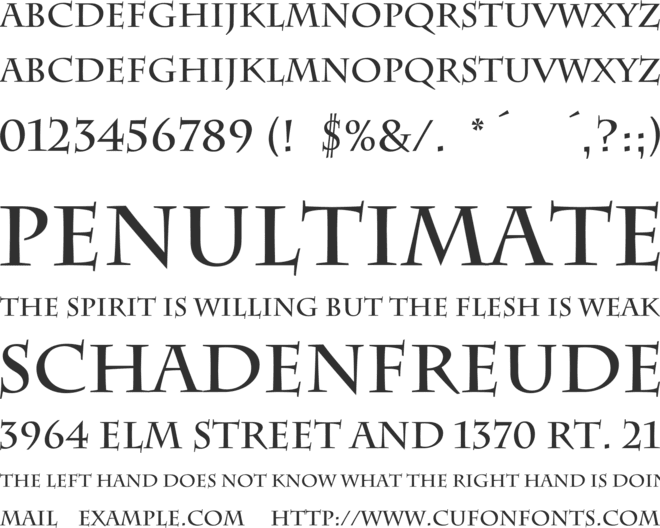

Now for the next chapter, my first #softwaredeveloper job! If anyone has any leads, please let me know #opentowork 👩💻 Thank you so much to my two magnificent mentors Darío Carrasquel and Lauren-Nicole Popich for guiding me, and keeping me sane! 🧙♂️Ī huge thank you also to all the friends I've made along the way - you know who you are 🤗 #nerdalert So five projects later, my #portfolio is complete 💻:ġ) Horizon GamePedia (Distinction) #html #cssģ) Harry Potter Adventure Game (Merit) #pythonĤ) Anthemology (Merit) #fullstack #djangoĥ) Gamer Guild (Pass) #react #api #djangorestframework #bootstrap These past 14 months have been intense - with a lot going on in my personal life too - and there were times I wasn't convinced I'd be able to finish the course #impostorsyndrome 🙈

It's finally here! Thrilled to share my #fullstack software development diploma from Code Institute, with a Merit grade overall 🥳 The new, recommend version of applying clipping to elements in CSS is clip-path. clip only works if the element is absolutely positioned.There are two rather significant weaknesses of clip though, which makes not using it easier to swallow: Plus I’ve heard animation performance from it trumps newer methods. And the browser support for it is extremely strong: pretty much every browser ever. There are some strengths of clip: because clip shipped in browsers, it will probably always work. The clip property is deprecated in CSS, meaning the use of it isn’t recommended because there is a newer, standardized version that browsers will actually focus their efforts. Those four values are in the same order as margin/padding: The first presence of clipping in CSS (other than overflow: hidden trickery) was the clip property. That’s fine, it just confuses things a bit. I personally found this confusing, because often times you’ll run across a tutorial on masking that uses a masking image that a white vector-looking shape on black, so it is basically doing the same thing a clip. Outside the path is transparent, inside the path is opaque. So the final result will be an element that fades in from left to right.Ĭlips are always vector paths. The element it is applied to will be transparent (see-through) where there is black in our gradient mask image, and opaque (normal) where there is white. Imagine a square image that is a left-to-right, black-to-white gradient.

The difference between clipping and masking

Differences in what they can do, differences in syntaxes, different technologies involved, the new and the deprecated, and browser support differences.Īnd sadly there is quite a bit of outdated information out there. But there are, of course, differences between the two. Both of these things are used to hide some parts of elements and show other parts.


 0 kommentar(er)
0 kommentar(er)
